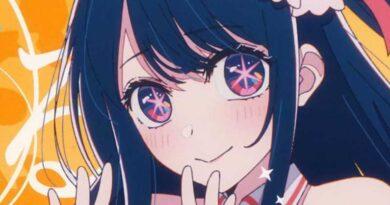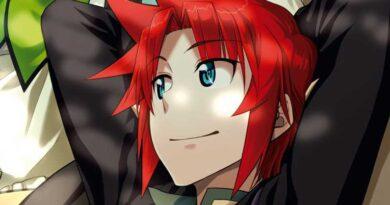Censorship of hexagrams in anime and manga for religious reasons
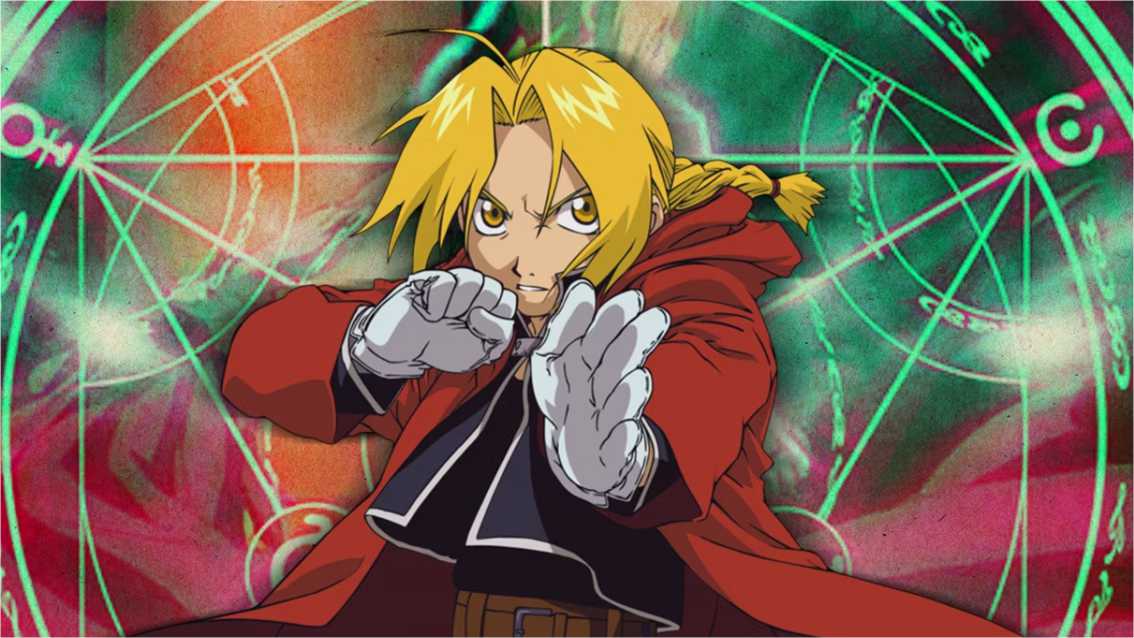
Hexagrams in anime and manga are often used as a way to release magic, generally speaking, but this symbol has been avoided in recent years, causing artists and companies to look for different designs for their projects.
However, the hexagram has existed in Japan since ancient times, regardless of its origin and meaning in other parts of the world. The hexagram, or six-pointed star, is a geometric shape formed by two overlapping triangles.
Censorship of hexagrams in anime and manga for religious reasons
Throughout history, it has appeared in different contexts in various cultures and religions, but in more recent history it has come to be associated with the Star of David, the symbol of the Jewish religion and Jewish national identity.
Regardless of its ties to Jewish culture, the hexagram has been widely used in Japanese pop culture, appearing in character designs, environments, and more.
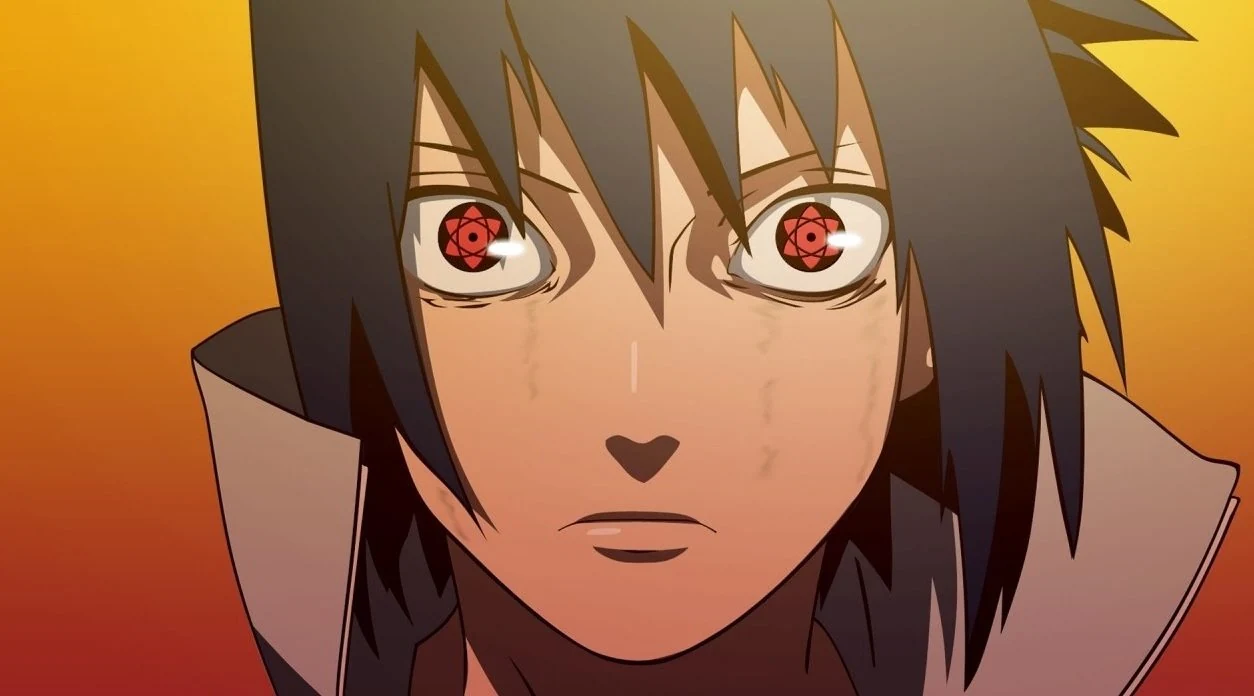
Often seen as part of a summoning symbol, spell, or talisman.
The hexagram is also not alone in this regard, as many other religious symbols and images, such as the Christian Cross and the Islamic Rub-el-Hizb, can be seen used in Japanese pop culture in decorative or largely unrelated contexts as well.
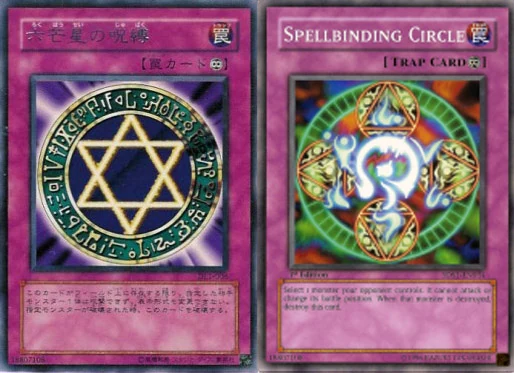
We have as a good example, FullMetal Alchemist where the use of hexagrams for transmutation circles are used to perform alchemy and as part of various character and object designs throughout the manga.
Those fans who pay more attention can notice the censorship of hexagrams that gradually appeared. In 2003, the first anime adaptation of FullMetal replaced all representations of hexagrams with different geometric designs. This remained until the second anime adaptation in 2009, also censoring the symbol.
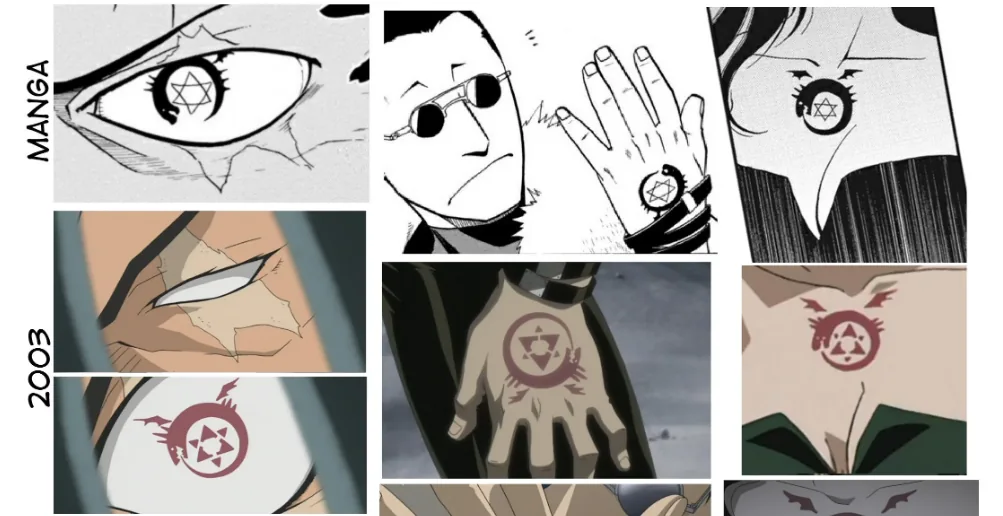
The reason for the censorship? Well, it is likely that as FullMetal Alchemist would be distributed abroad, the production chose to avoid headaches and not end up unintentionally offending Judaism by being associated with antagonists in the series.
In 2018, the censorship of hexagrams in manga gained attention as an issue among the Japanese public when a comic artist posted on social media about his manga being delisted due to the appearance of hexagrams in it.
They published their work on Shueisha’s online manga platform Jump Rookie. They noticed that their manga had become ”non-public”, and this status continued until they changed the hexagrams that appeared in the work. Other mangakas also reported similar incidents.
“About the 24th chapter of my Jump Rookie manga becoming unlisted, someone commented, “Could it be because of the hexagram?” So I corrected it and resubmitted the chapter.”
ジャンプルーキー!にてまごとじG24話が非公開となった理由ですが、「六芒星が原因なのでは?」というコメントをいただきました。
なので、該当箇所を修正して再投稿しました。 pic.twitter.com/XJ4dt3OUTF— たなかともき (@tanakatomoki_) May 17, 2018
Jump Rookie guidelines prohibit representations of images internationally considered ”strong taboos”, such as ”swastikas, the Quran, the Prophet Muhammad, etc.”, although hexagrams are not mentioned.
In 2019, an editor made the following statement on the topic: ”In principle, we avoid the use of hexagrams. It can be used depending on the work, but when using it you need to be prepared. In other words, you must know the reasoning behind the decision and be prepared to explain it if a dispute arises. The hexagram is associated with discrimination against Jewish people in World War II, so it is not appropriate to use it as naive reasoning that it looks cool.”

Anyway, nowadays, many editors try to be cautious with issues involving religion as it is a very delicate subject to be discussed in manga and anime.
Source: Você Sabia Anime

